by Brad Reynolds
The wide scale use of U-boats by the Imperial German Navy in World War I led to many improvements in defensive naval capabilities. One such improvement conceived by the U.S. Navy was the Mark VI mine and its facilitation of the North Sea Mine Barrage. Though the Barrage was deployed at the end of World War I, it was by far the largest and most technologically advanced mine field the world had seen to date.
[text_ad]
Prior to America’s entrance into the Great War, Britain has considered a combination of ways to prevent the Imperial German Navy from entering the Atlantic. They had successfully mined the English Channel, but German U-boats continued to thwart Allied shipping in the Atlantic by sailing north of Great Britain through the North Sea Straight. To block the roughly 230-mile straight between Scotland and Norway, the British hypothesized using nets, mines, or a combination of the two. Mines were deemed the only plausible option, but because detonate technology at the time required the enemy vessel to make contact with the mine, it was not economically or physically possible to produce enough hardware to close a 230 mile straight. Thus, British strategists became satisfied with surface defenses for the time being.
Advancements in Mine Detonation
Shortly after America declared war against Germany on April 2, 1917, an electrician from Massachusetts named Ralph C. Brown approached the Navy Department with weapon schematics that would revolutionize defensive naval warfare. He presented his “monkey on a stick” schematics: an underwater gun with a triggering mechanism that would fire at ships sailing within a certain range. The Navy scrapped the idea, but quickly attached Brown to the Mine Section of the Bureau of Ordinance. The firing mechanism that Brown had developed, which had eluded the Bureau of Ordinance for so long, was the K-pistol.
Brown’s trigger was a copper wire that extended upwards toward the surface. When the steel hull of a ship came in contact with the copper wire, the combination of salt water, steel, and copper would send a current down to wire, causing detonation. Mines prior to Brown’s discovery had been outfitted with “Hertz Horns,” or horned protrusions from the body of the mine made of soft metal so that when contacted by a ship, a glass container of battery acid broke within the horn, energizing a battery, heating up a platinum wire, and subsequently triggering detonation. Brown’s invention of the K-pistol made defensive strategies such as the North Sea Mine Barrage a reality due to the expanded range of the new Mark VI mines.
Employing the Mark VI
Mine placement began in June of 1918 and would proceed for the next five months, positioning Mark VIs at three different depths: 80 feet, 160 feet, and 204 feet. Strategic planners theorized that German U-boats on the surface had a 66-percent chance of triggering a Mark VI and a 33-percent chance when submerged. Though the barrage only confirmed four U-boat kills and four others unconfirmed, it became legend among German U-boat commanders.
The full impact of North Sea Mine Barrage was not fully observed because of the armistice that was signed on November 11, 1918, less than five months after mine placement had commenced. Regardless of the tactical impact, the superior technology of the Mark VI quickly made a name for itself and remained a strategic defensive tool of the U.S. Navy until 1970.
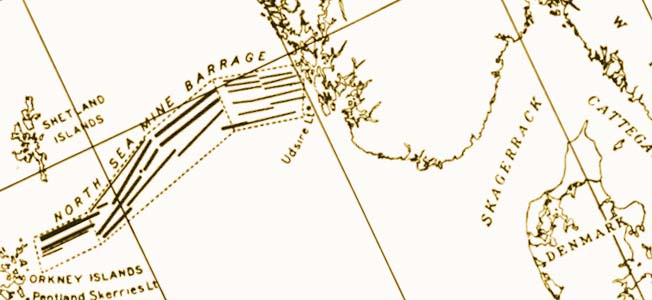


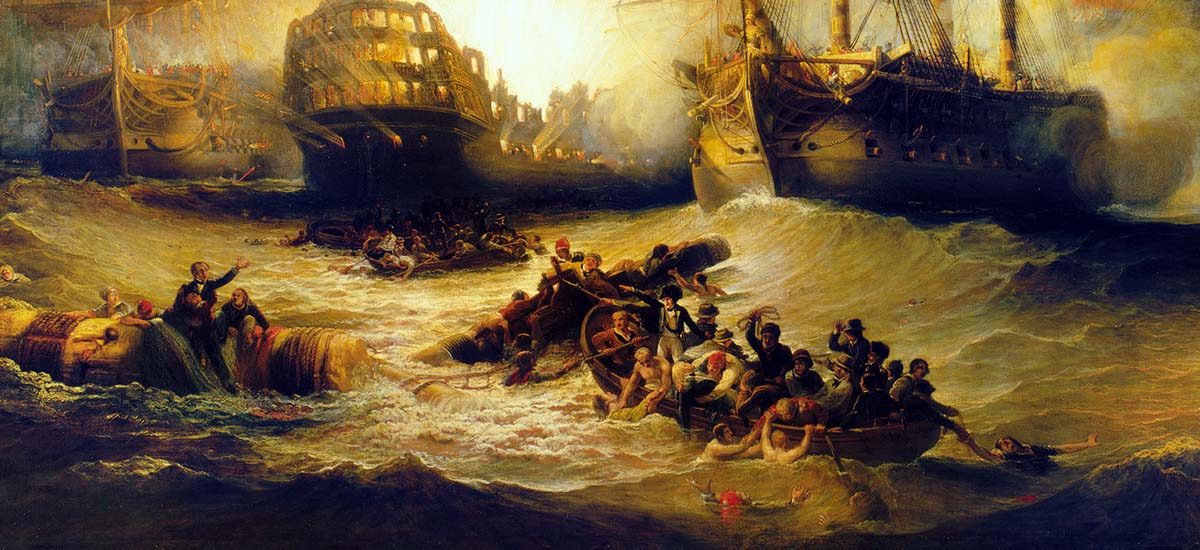
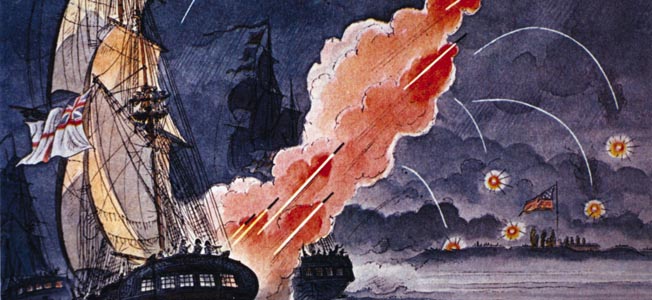
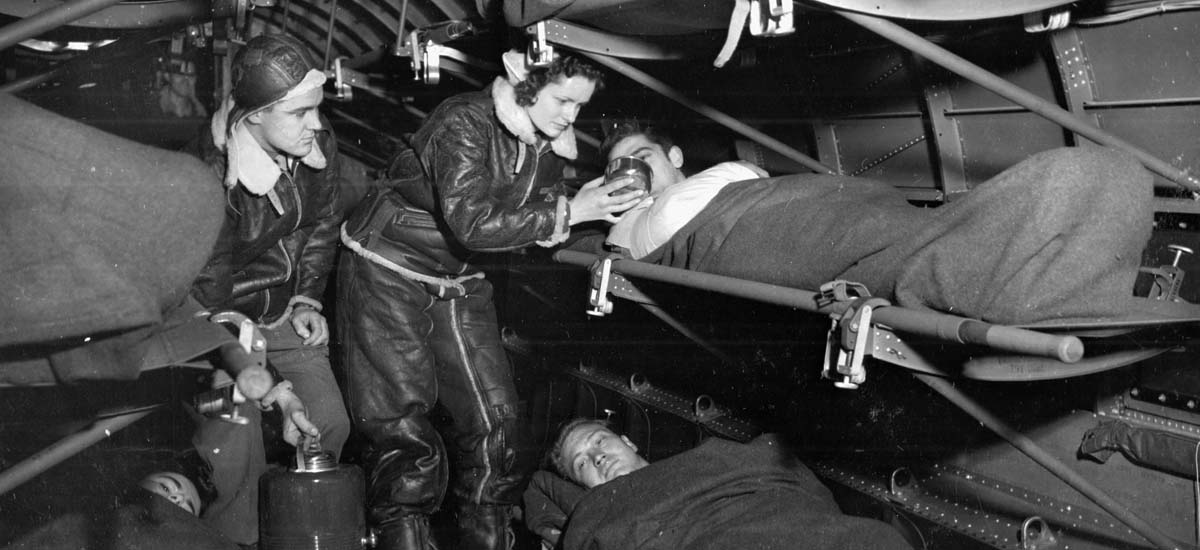
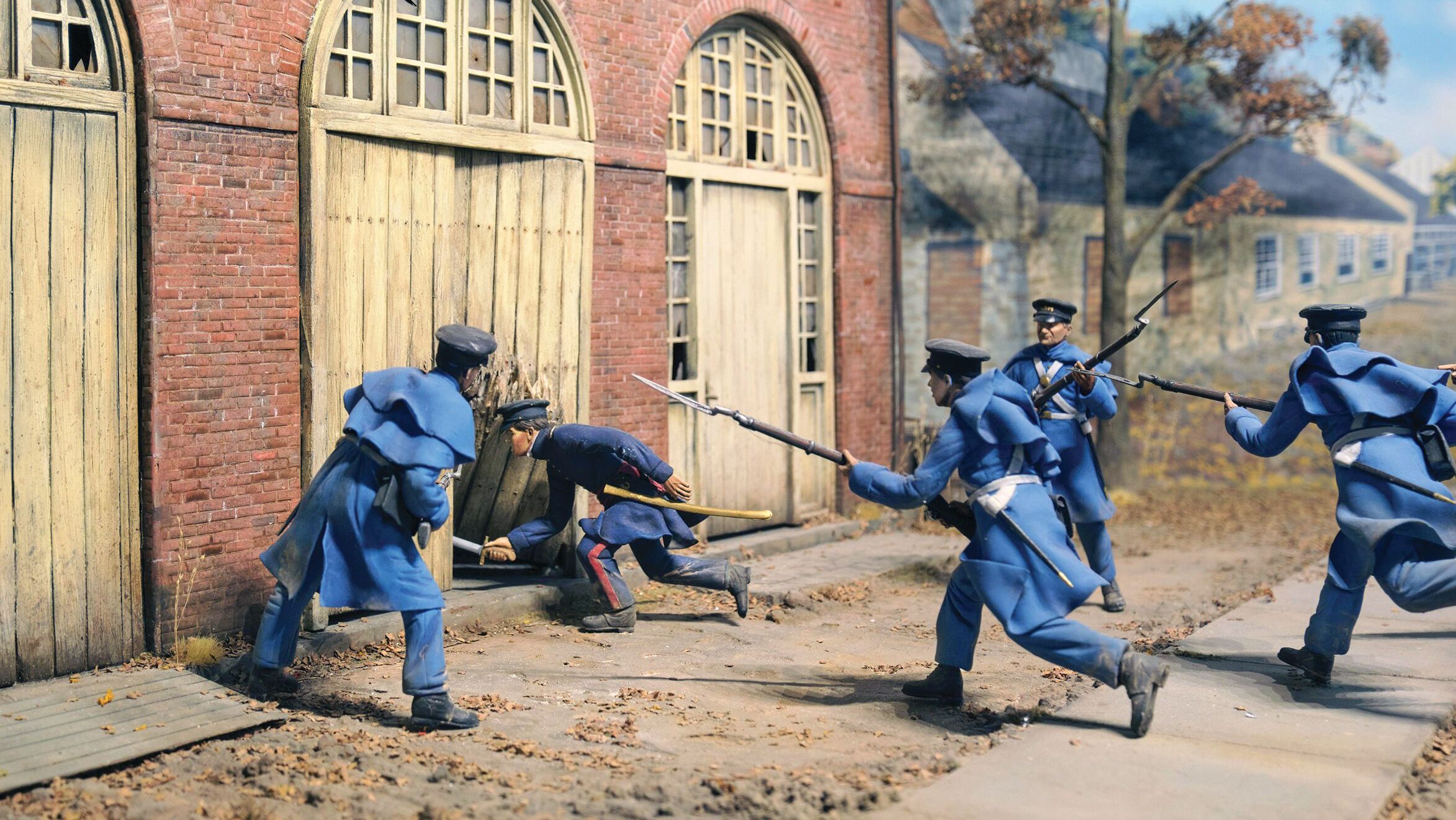
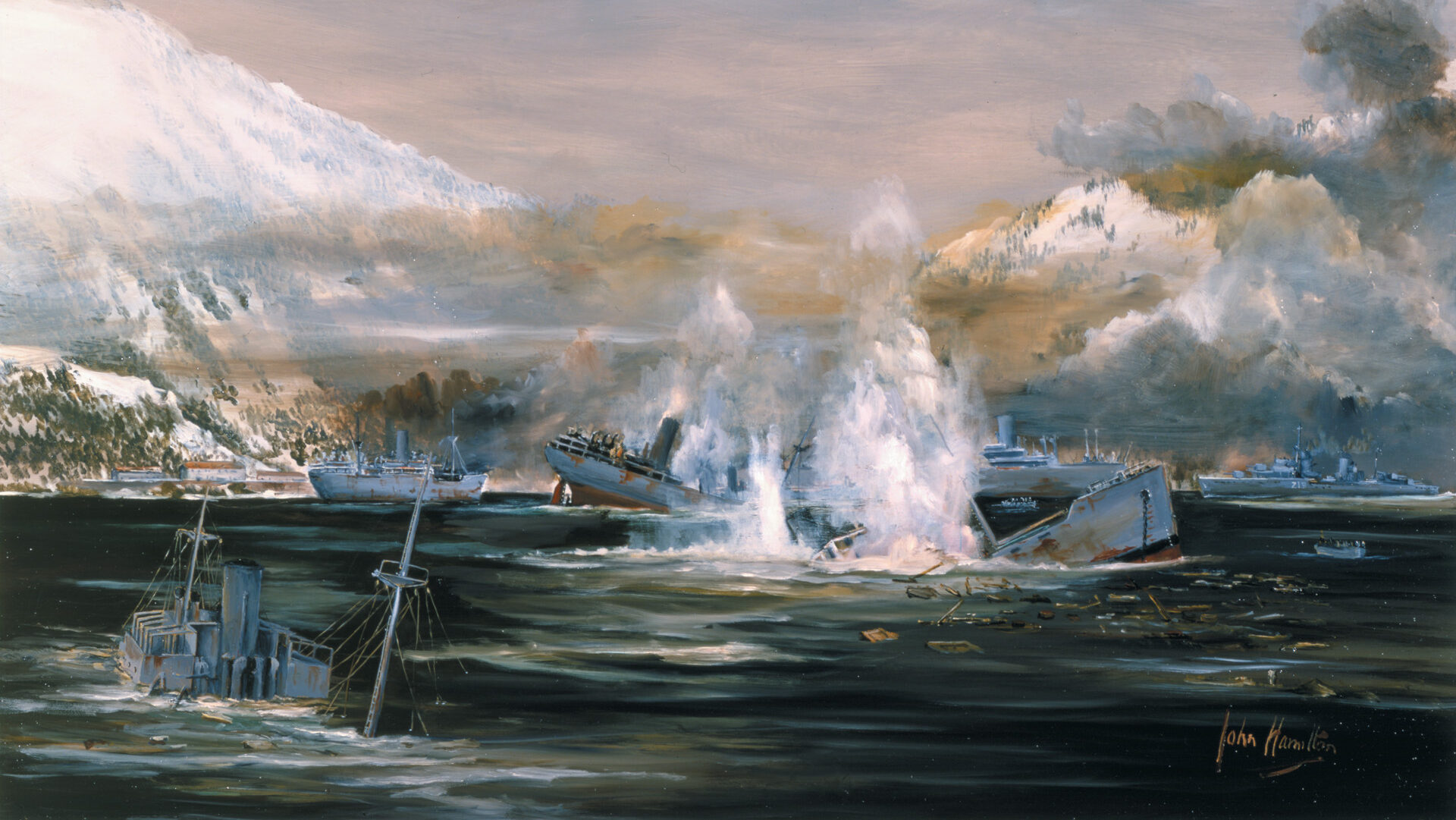
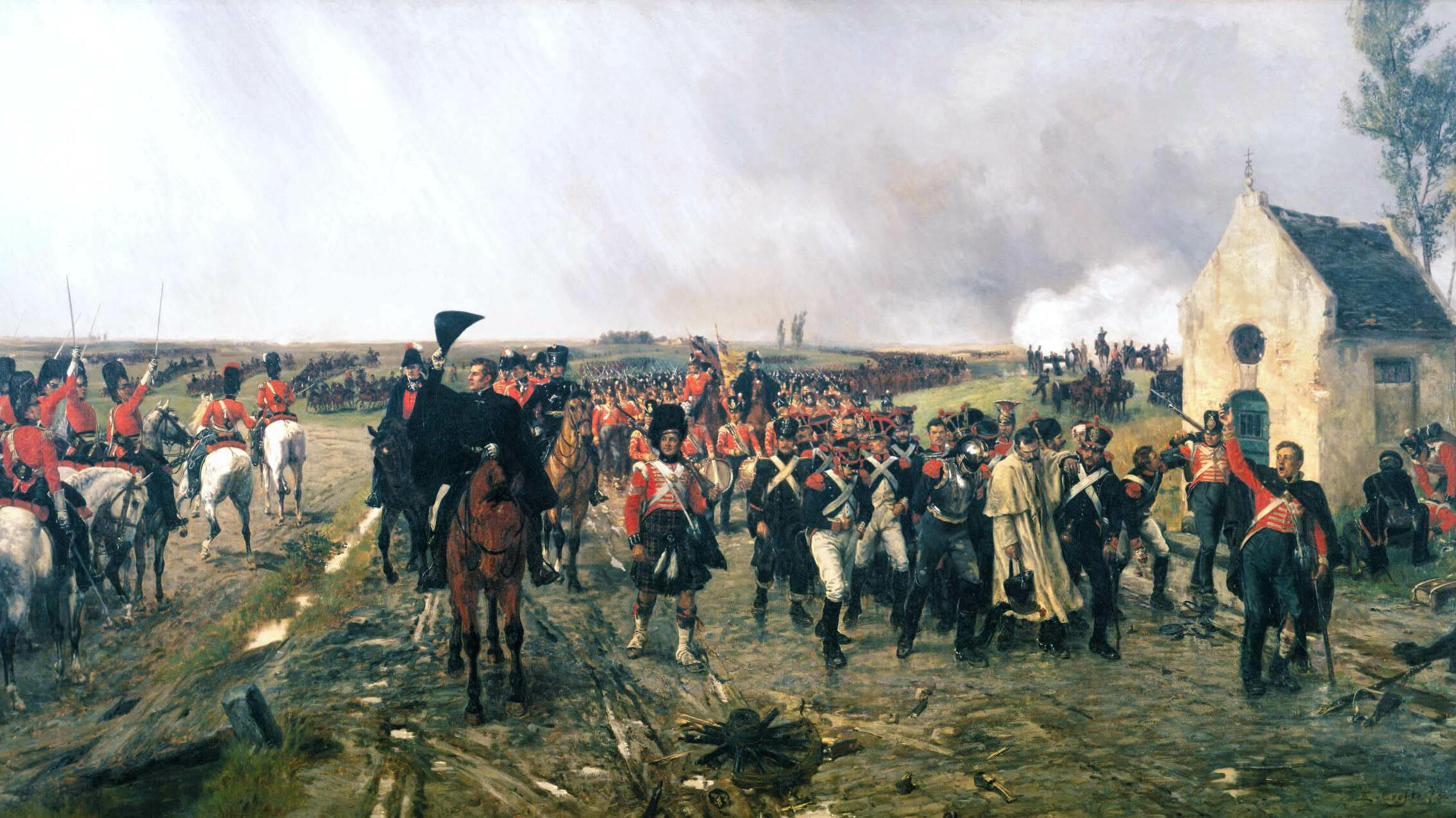
Join The Conversation
Comments
View All Comments